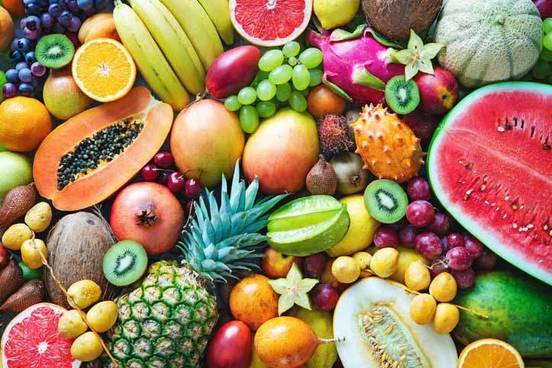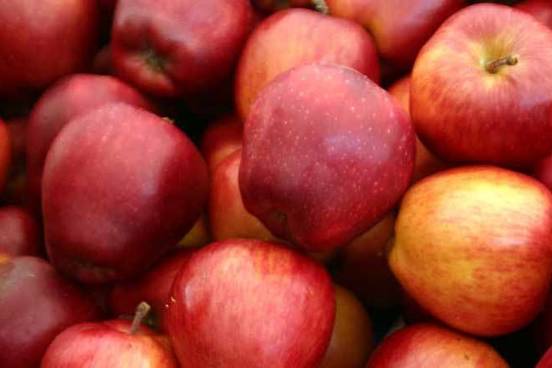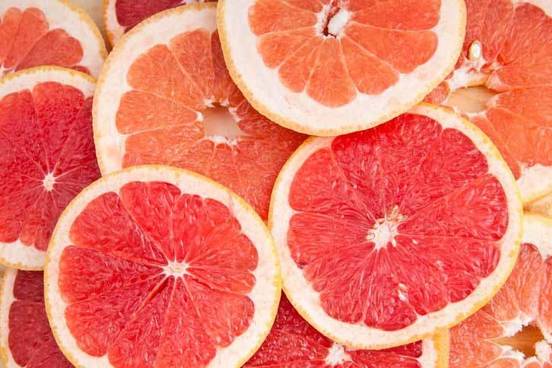
Fruit
The word fruit matured in Middle English and grew from the seeds of Anglo-French frut and fruit, which are rooted in the Latin verb frui, meaning "to enjoy" or "to have the use of." Scientifically, it is the name for the fleshy or dry ripened ovary of a flowering plant enclosing a seed or seeds. So, apricots, bananas, grapes, as well as bean pods, corn grains, tomatoes, cucumbers, and (when in their shell) acorns and almonds are all fruits—fruits are not necessarily sweet, succulent, or pulpy foods. The botanical use of ovary has similarities in meaning to the one found in human anatomy textbooks.

Ovary

Carpel
Carpel derives from New Latin carpellum, and, in turn, Greek karpos, meaning "fruit." A homograph of karpos means "wrist," which gives English carpal, as in carpal tunnel syndrome, as well as carpus, which is used in medical writing as a name for the joint. The fruity homograph refers to the ovule-bearing structures in an angiosperm that comprises the innermost whorl of a flower that matures into a fruit. From the Greek root the science terms exocarp, mesocarp, and endocarp sprouted. Together, they designate the regions of what comprises the fruit's pericarp.

Pericarp
The prefix peri- is from Latin and Greek and indicates something that is all around, enclosing, or surrounding. The pericarp is considered the all-encompassing wall, or walls, of the fruit. Citrus fruits, such as the grapefruit, also have membranous walls within the pericarp that separate the fruit into segments containing the pulp and seeds—they aren't very tasty but they have a purpose. On the other hand, you will find the combined juice sacs in the segments that are divided by the membranes and that make up the fruit's pulp tasteful.

Exocarp/Mesocarp/Endocarp
Exocarp (a.k.a., epicarp) refers to the outermost layer of the pericarp—which is variously called the skin, rind, peel, or husk of a fruit—that covers the mesocarp. Mesocarp refers to the middle layer of a fruit, the usually fleshy plump part (in grapes, it contains funiculi, strands that connect the seed to the grape's pedicel). In some fruits, such as citrus fruits, the mesocarp includes the albedo, which you may know as the inner whitish, spongy, tasteless layer of the rind. (In Latin, albus means white.)
Endocarp is the name for the inner region of the pericarp and can consist of layers of different textures or consistency that surround and protect the seed. It varies in structure—compare, for example, the core, stone, or pit of a peach, apple, cherry, olive, mango, walnut, or orange. Each is unique in some way, shape, or form.

Seed/Pip
At the center of fruit is the seed or pip encapsulated by the endocarp. The word seed was planted in Old English. Pip, as the name for a small fruit seed (the word also has various other meanings in English), was planted in the 18th century. This pip was cultivated from Anglo-French pepin, and the English variation, pippin, is the name of a crisp, tart apple (especially good for pies and the like), as well as a person or thing that is, or should be, highly admired.
"I wish, darling, you could have seen my drive at the eighth just now. It was a pip!"
— P. G. Wodehouse, The Clicking of Cuthbert, 1922






